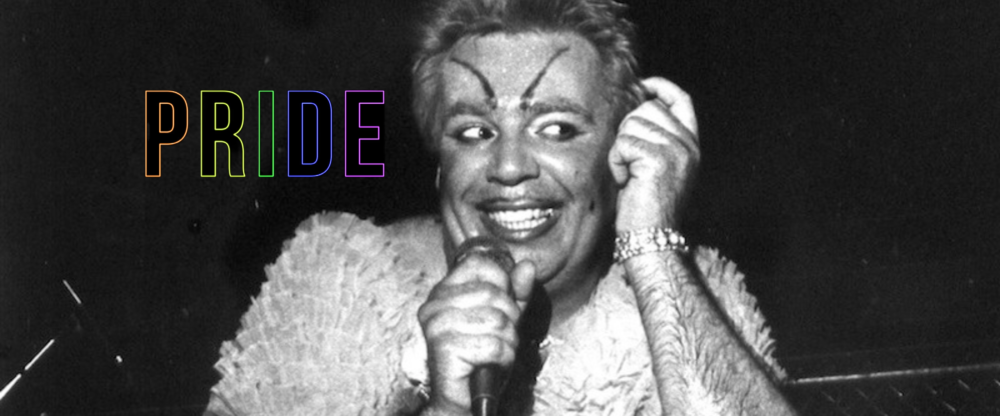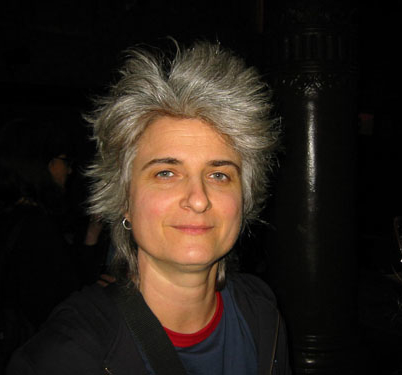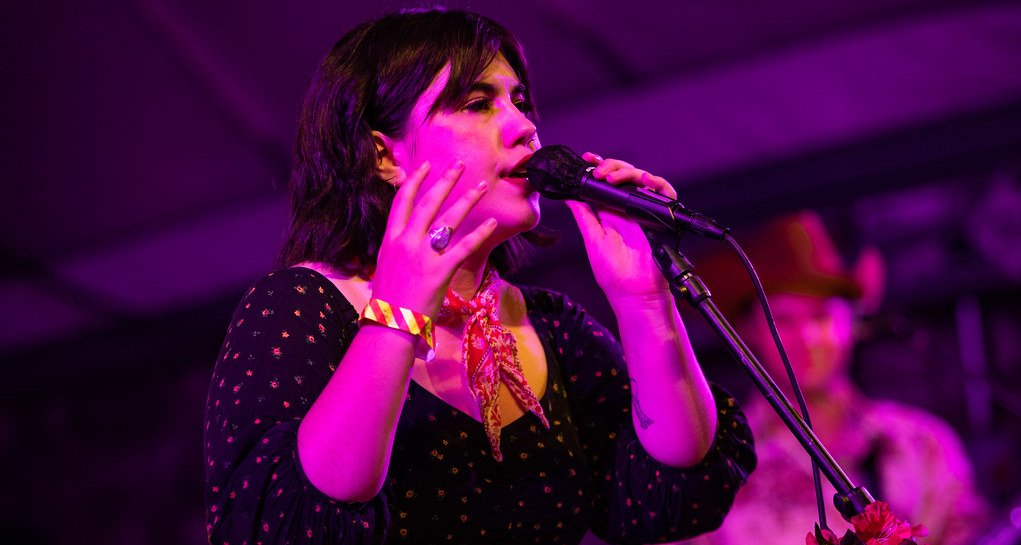June Is Pride Month and all month long, KUTX is profiling and celebrating musicians who have paved and shaped Austin’s LGBTQ+ music scene.
Randy “Biscuit” Turner was born November 25, 1945, in the small East Texas town of Gladewater. Despite the general “small town” nature of his hometown, Turner says he lucked out by having a mother and several art teachers who nurtured him as an artist, perhaps recognizing his singular perspective of the world and ability to harness and translate it into many mediums of art.
In the summer of 1970, Turner moved to Austin, where he “immediately began to hang out with the beatniks, drink wine, and learn how to roll joints.” Realizing that Austin was a place where he could exist as himself, Turner reveled and thrived in his new home, where a cleverly painted chef’s hat quickly landed him the lasting nickname Biscuit. In the late 70’s, Biscuit formed Big Boys with fellow skatepark flies Tim Kerr and Chris Gates. Big Boys would not only send shockwaves through the Austin music scene, pushing the focus from the cosmic cowboy days into putting Austin on the map as a hotbed of the emerging and evolving punk scene. Big Boys existed in a special place and time in punk history where there truly were no rules on the black, blank canvas, and while they would have made the same music regardless of fame, their unique blend of punk with funk horns and dance beats matched with Biscuit’s famous stage wardrobe of lit-up tutu’s, pink berets, and theatrical make-up, made them captains of their fleet within the burgeoning genre, challenging even the more self-proclaimed rebels in cities like L.A. and New York. The success and legacy of Big Boys has never waned in Austin or the punk history books, something Turner always said he was proud of.
Big Boys played their last show in 1985, a splendidly chaotic night at Liberty Lunch. Biscuit would go on to front other bands like Cargo Cult, Swine King, and the Texas Biscuit Bombs. Turner himself would also collaborate with other punk icons like X’s Exene Cervenka, Fugazi’s Ian MacKaye, and Glenn Danzig.
As for Turner’s visual art, blending mediums, perspective, and revealing a universe and dimension previously unseen by mankind, is perhaps best described by himself and those closest to him. Longtime friend Jim “Prince” Hughes” said “his stuff comes from somewhere I can’t even begin to guess at. Like Salvador Dali…he’s like living art and always has been.” Artist, curator and writer Rachel Koper called Biscuit “the one who, when he dies an evil clown under his bed, doesn’t turn tail and run the other way. Instead he invites the Bozo up topside to help scour his treasure trove of neat stuff.” Which coincides perfectly with Biscuit’s own description of the inseparable nature of himself and his art: “If clown had art show, then Biscuit would have the biggest red nose.”
Randy “Biscuit” Turner passed away in 2005, leaving behind a legacy as grand and singular as his suit made out of baggied sandwiches. Read his final interview with the Austin Chronicle’s Marc Savlov.




